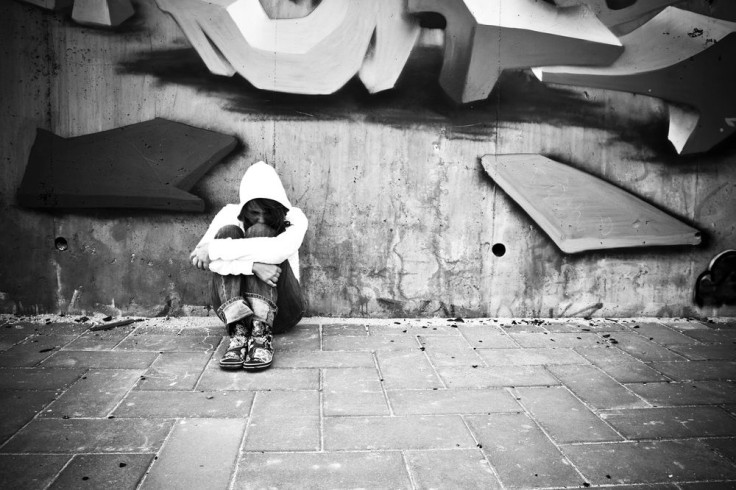Poverty And Teen Crime: Reckless Behavior Isn't Necessarily Caused By Adolescent Brain Development

It’s easy to write off the shortcomings of America’s youth on their cognitive development, but many fail to understand the socioeconomic aspect of committing a crime. A recent study conducted at the Center on Juvenile and Criminal Justice in San Francisco showed that not all teenagers commit crimes, acts of violence, or drive impaired due to their adolescent brains. In some cases, it's higher poverty rates among the younger generation that leads to reckless behavior in teenagers.
“Within every race and community, adolescents suffer poverty rates two to three times higher than older adults do,” Mike Males, senior research fellow at the Center on Juvenile and Criminal Justice, said in a statement.
Males and his colleagues combed through over 54,000 homicide cases that occurred in California between 1991 and 2012. Data showed that 83 percent of gun murders among teenagers occur in populations with poverty levels at 20 percent or higher. While the overall peak age for homicide deaths is 19 years old, when researchers accounted for socioeconomic status, 19 only remained the peak age for poverty-stricken populations.
At times when poverty levels among teenagers were as low as the levels of most middle-aged adults, teenagers’ murder rates were also comparable to older adults. On the other hand, in certain areas where middle-aged adults suffer from poverty rates similar to teenagers, they also experience murder rates typical of teenagers. Males concluded that teens are no more naturally crime-prone than any other demographic with high poverty rates.
“It is astonishing that researchers have compiled decades of theories and claims about teenagers’ supposed risk-taking, impulsiveness, brain deficiencies, and crime-proneness without examining whether these are due to young people’s low socioeconomic status, not young age,” Males explained.
The annual KIDS COUNT Data Book from the Annie E. Casey Foundation suggests this link between poverty and the rate of crimes committed by teenagers may only get stronger as child poverty rates begin to climb. Data showed that around 23 percent of children in 2012 are living in families below the poverty line following a notable drop in child poverty rates between 1990 and 2000.
"Only a few decades ago, leading authorities made the same claims that African-Americans, Native Americans, and other 'inferior races' were biologically driven to violence, impulsiveness, crime, and other risks until those groups acquired the power to redirect attention to social conditions like poverty and discrimination," Males added. "Hopefully these findings will provoke a similar change in discussion about adolescents."
According to the American Psychological Association, children from a family living below the poverty line are at greater risk for behavioral problems, such as impulsiveness, aggression, ADHD, and conduct disorder, and emotional problems, such as anxiety, depression, and low-self esteem. The detrimental effects of poverty on children are often exasperated by the parents’ inability to access proper physical and mental health care.
Source: Males M. Age, Poverty, Murder, and Gun Homicide: Is Young Age or Poverty Level the Key Issue? SAGE Open. 2015.
Published by Medicaldaily.com



























